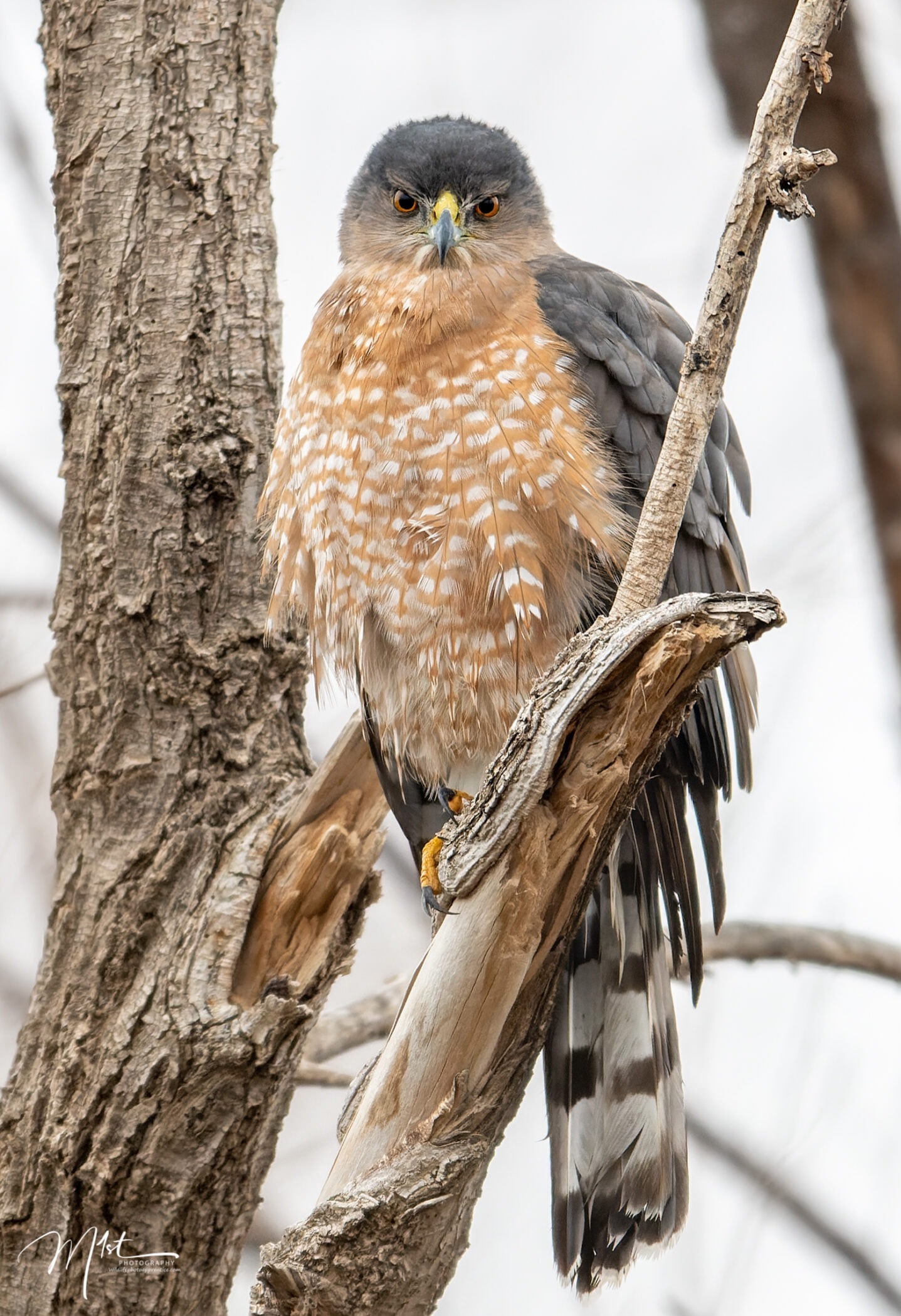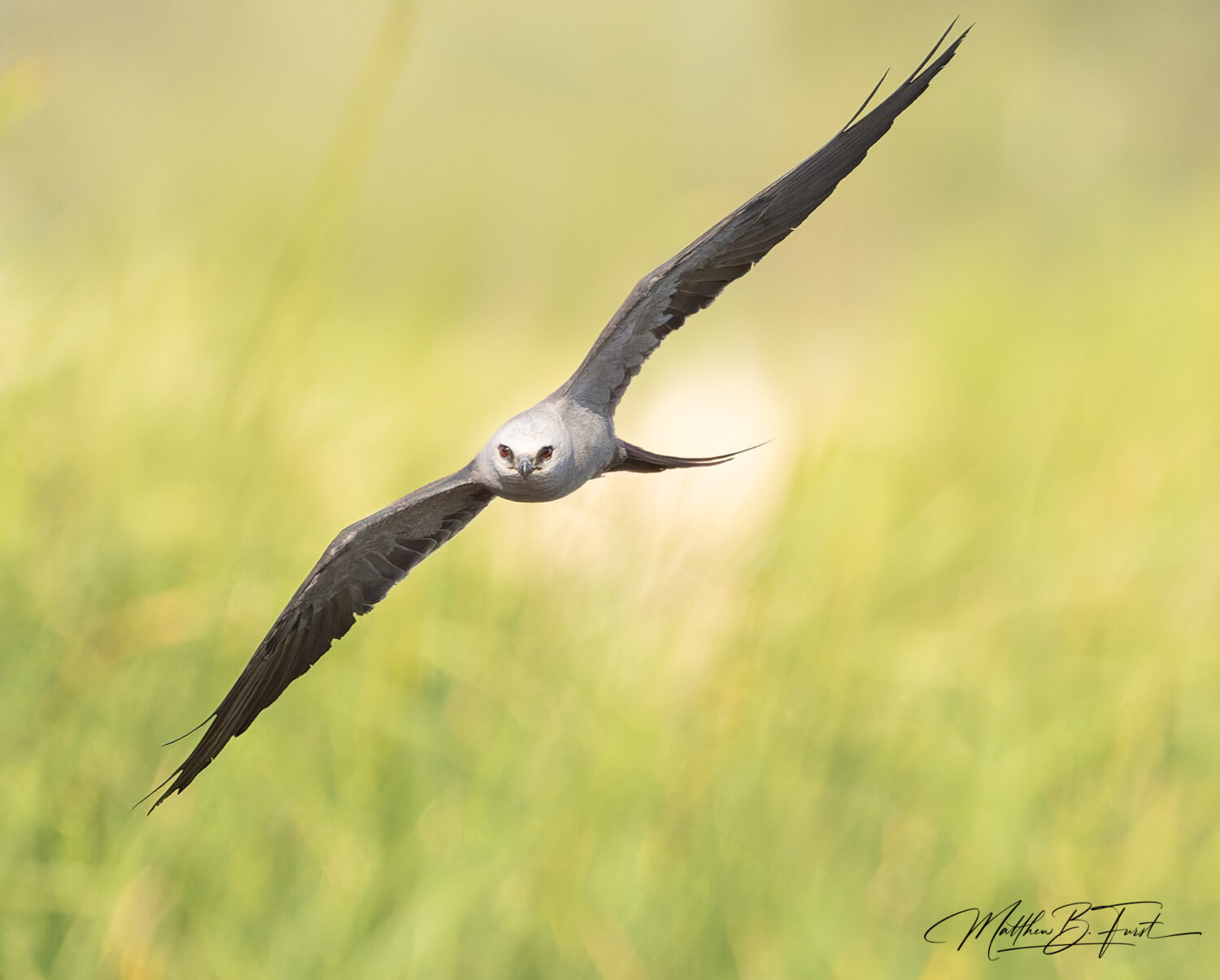Most wildlife photographers start using smaller lenses and work their way up to large super-telephoto lenses as time passes. In the beginning, I had a 300mm f4 and like most, lusted after larger lenses but wasn’t sure that wildlife photography was something I would stick with long enough to justify the expense of a larger lens. Once I saved enough and pulled the trigger on a 600mm lens I couldn’t wait to travel and test it out. My first trip with this monster was to Jackson Wyoming and Grand Tetons National Park. I knew it would be the perfect lens for the trip but getting it there on the plane was concerning and would take some thought.










